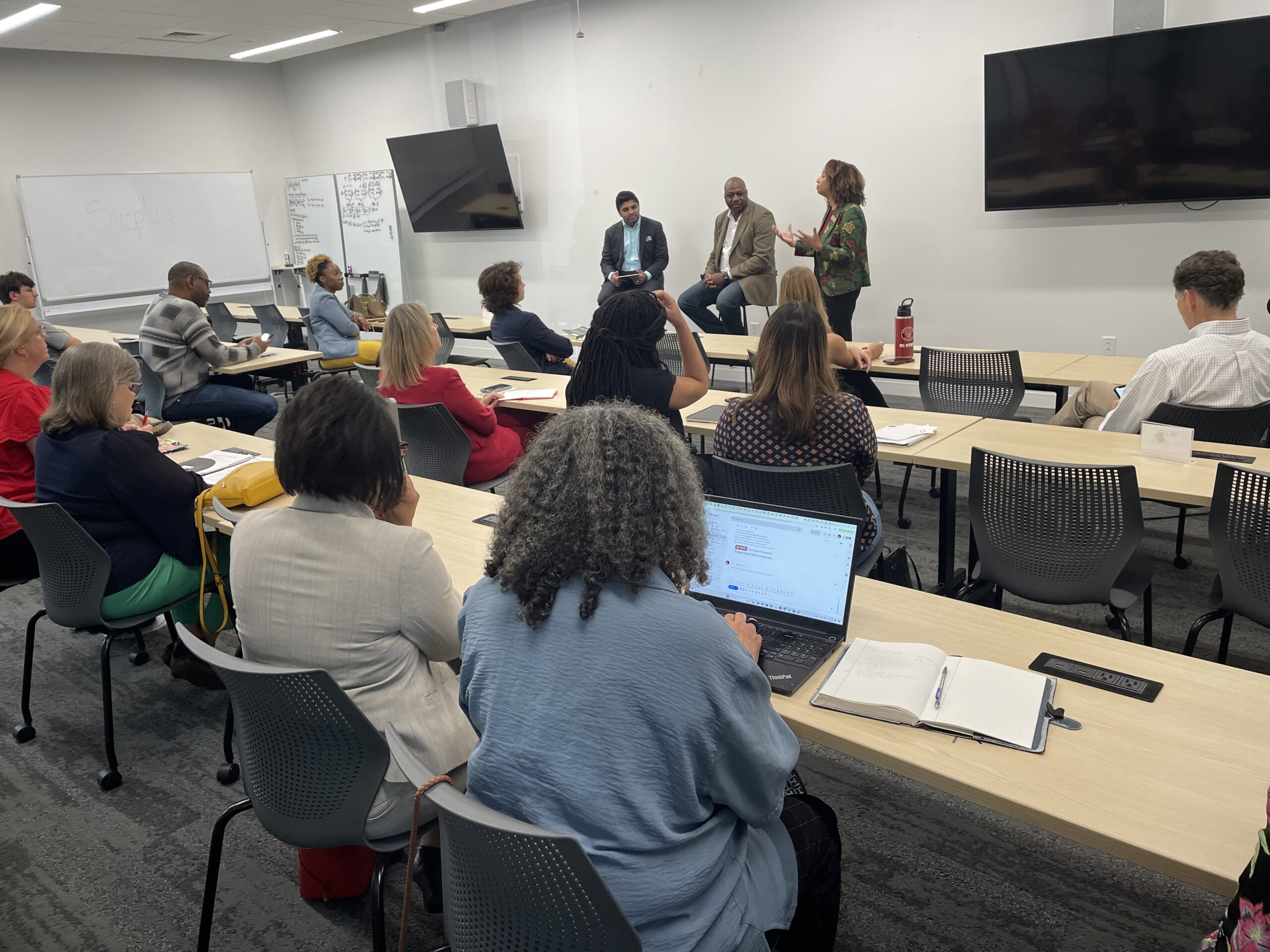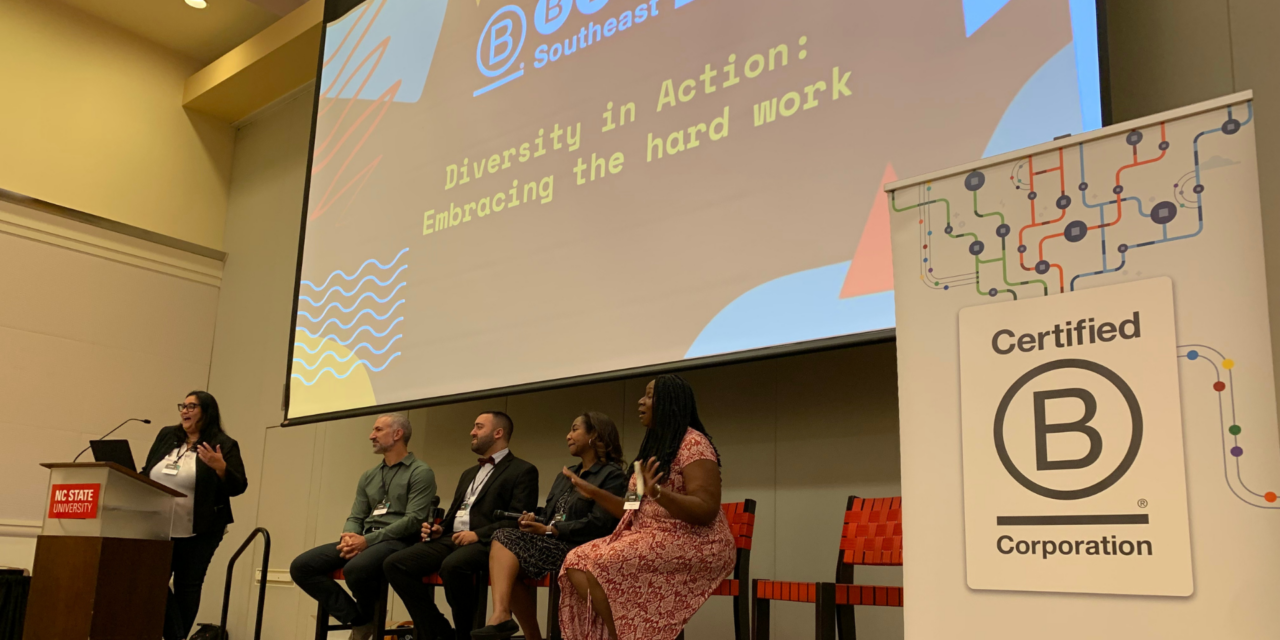A NEW COMMUNITY MODEL BRINGS TOGETHER ELDERS AND YOUNG FARMERS

Green Building Pioneer Gets Back to Work Redesigning Retirement
Giles Blunden has spent a lifetime developing sustainable models of human community. Blunden is a visionary architect and community builder, well known for his pioneering work in solar homes, green building and cohousing. His designs have received multiple awards and national recognition.
Now Blunden wants to put his talents to work once again, this time to build a community which provides elders with a more dignified, stimulating way of living out their retirement, and young aspiring farmers with land to call their own. Blunden calls this integration of a sustainable farm and a retirement community a “Generosity Farm,” and he has launched a kickstarter campaign to fund six months of research and the publication of the blueprint for how to structure and create such a community.
In the first two weeks of the campaign, he’s raised 80% of his $15,000 target, and there’s still 8 days to go.
Returning to Community
“Generosity Farm” is a new twist on the concept of a cohousing community. Cohousing refers to “an intentional , collaborative housing in which residents actively participate in the design and operation of their neighborhoods” (for more information and a directory of cohousing communities in the US, see The Cohousing Association of the United States website). The concept emerged in Denmark, and spread to the US in the 1980’s. Since then interest in cohousing has steadily grown, as many Americans search for a deeper sense of community that still offers privacy. Blunden has played a major role designing and developing two cohousing communities in Carrboro, Arcadia and Pacifica.
Cohousing has economic, ecological and social benefits. Cohousing communities tend to offer housing well below market rate, and residents often enjoy shared common space and resources that would be impossible for a single family to afford. Residents can share rides into town, and collectively tend to gardens and forested areas. Young families often want their children to grow up with neighbors they know and trust.
Already, many cohousing communities provide elders an alternative to traditional retirement homes. Some communities intentionally bring together the unique gifts of elders and young families in creative ways. In Portland, OR, Bridge Meadows brings together adoptive parents, foster children and elders. The elders help raise and teach the children, and the young families support and nurture them as they approach the end of their life. The two communities Giles helped build in Carrboro both have intergenerational communities that regularly come together to celebrate births and mourn the passing of loved ones.
A More Natural Way of Aging
Blunden’s work has often taken its inspiration from nature, and he sees bringing elders back into relationship with young families as a more natural way of aging. In a healthy forest ecosystem, the root systems of old “mother trees” are linked with younger trees through mycelial networks. As Professor Suzanne Simard’s research on Douglas Firs has demonstrated, well-established older trees actually provide vital nutrients to younger trees nearby, and share successful responses to predation and illness. Nowhere in nature do elders approach the end of life in isolation, as humans have begun to do in retirement communities.
Though many retirement homes provide quality care to residents, they are often expensive and regularly fail to give their residents opportunities to share their gifts and participate in community life. Rather than sharing wisdom and helping care for children, elders are surrounded with others who are also approaching the end of their life.
Over the course of a lifetime, the elder becomes a repository of memories and cultural wisdom. Aging in community provides opportunities for these treasures to be passed on to the next generation.
A More Natural Way of Farming
A growing number of young people are developing a passion for sustainable agriculture, and are searching for ways of earning a living as a farmer. Unfortunately, many discover that their passion will not pay off their student loan or cover the cost of their children’s medical expenses. Earning a living as a sustainable farmer is always challenging, but it is particularly difficult when farming on rented land, or trying to pay off a mortgage. Starting a farm is both expensive and labour intensive, and key infrastructure investments often take years to pay themselves off.
Few young farmers have enough capital to get a new farming venture through the difficult start-up years, and even when they do, the ongoing labour requirements often prove more than a single family can handle. A successful farm requires far more commitment than a normal full-time job. Harvesting and processing produce can be extremely labour intensive, and a lack of helping hands can result in a lot of rotten fruits and veggies. Animals need feeding and milking every day, without exception. For a family farming on their own, it can be challenging to figure out how to take a single day off, and longer vacations are virtually impossible.
Building an intergenerational community around a diversified, sustainable farm is not a new idea. Humans have lived in multi-generation, agriculture-based villages since the advent of agriculture. Farming at a village level ensures there are people around to help with labour intensive projects, and allows the entire community to share the cost and benefit of key infrastructure investments. Communal needs, like childcare and medical services, can be handled collectively, and neighbors can trade surplus time or food to improve quality of life without requiring more money.
A Generosity Farm would provide the social and financial assistance that new farmers need to make farming a sustainable livelihood. Though the farmers sacrifice a bit of autonomy, they gain the kind of supportive village that peasant lifestyles have depended on for centuries. The community cares for each other and for the land, and the land in turn takes care of the community.
Creating a Blueprint
The different gifts and resources that elders and young aspiring farmers have available to them complement each other effectively. In Blunden’s vision, elders would provide much of the upfront financial capital, and the young farmers would earn an ownership share in the community through the time they spend working in the fields. However, some elders may decide to take on farm responsibilities, and some of the young people may decide they need to spend a portion of their time earning off-farm income. The long-term success of a Generosity Farm will depend on community trust, and a commitment to accommodate the shifting needs of all members of the community.
Having played an instrumental role in building two communities, Blundenunderstands that getting such a project off the ground will be no easy task. To add to the regular challenges that a cohousing community must overcome, a Generosity Farm will need to find business models that will make the agricultural ventures financially sustainable. The community will need to pay close attention to market dynamics, and develop a diverse set of revenue streams that can withstand future economic shocks.
Right now, Generosity Farm is only an idea. The idea has proven wildly attractive, but interested parties have a lot of questions they want answered. What parts of the community will be collectively owned, and what parts will remain private? What kind of governance structure will give the community some oversite of the farm ventures, without taking away the farmers’ sense of ownership. How can risk be isolated so that a late frost or a severe drought does not wipe out the savings that elders need to survive?
Blunden says that he does not pretend to have all the answers today, but once the Kickstarter is funded he will get to work figuring out how to make such a venture successful. Though he plans to use his blueprint to create the first version of a Generosity Farm somewhere outside of Chapel Hill, he will give his plan away for free so that other groups of elders and young aspiring farmers can create their own Generosity Farm.
For more information, see the kickstarter campaign page.
- Categories:


